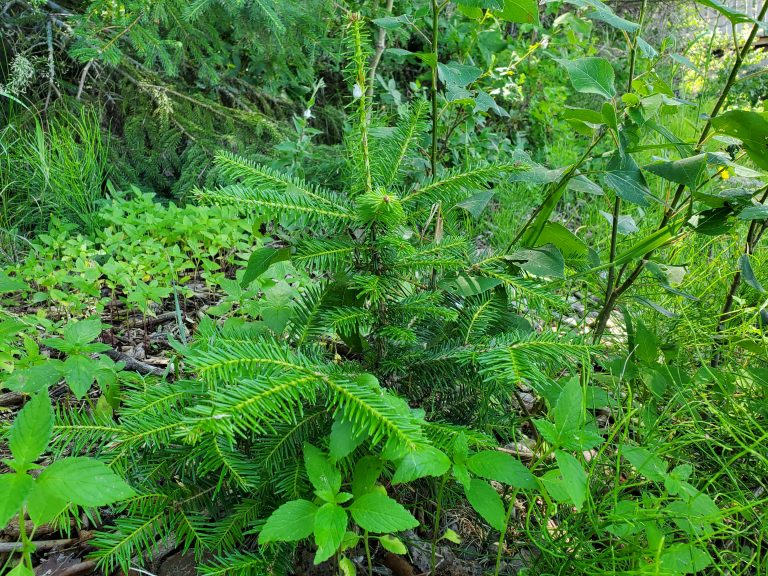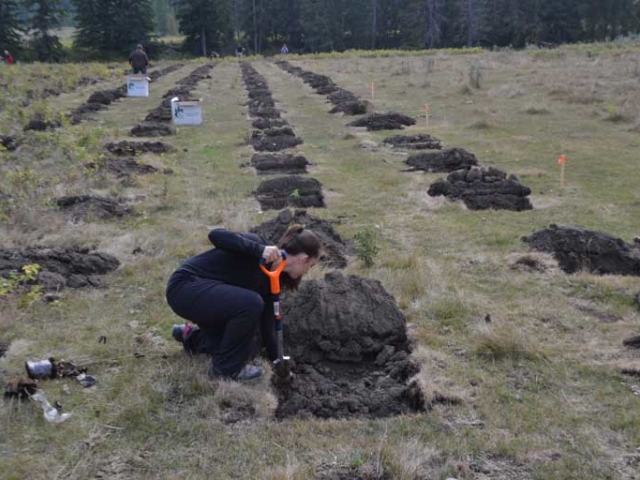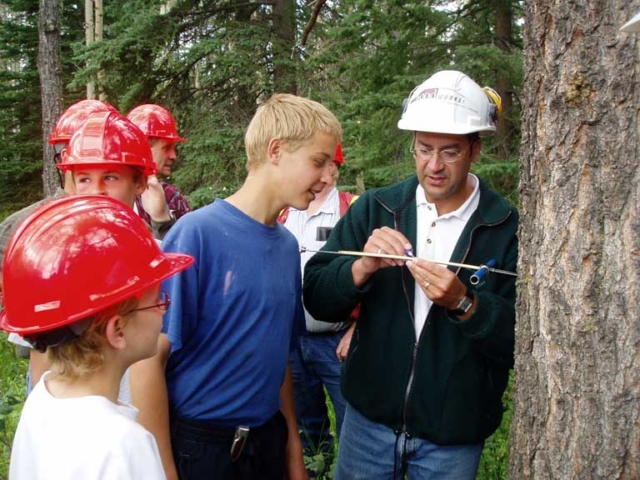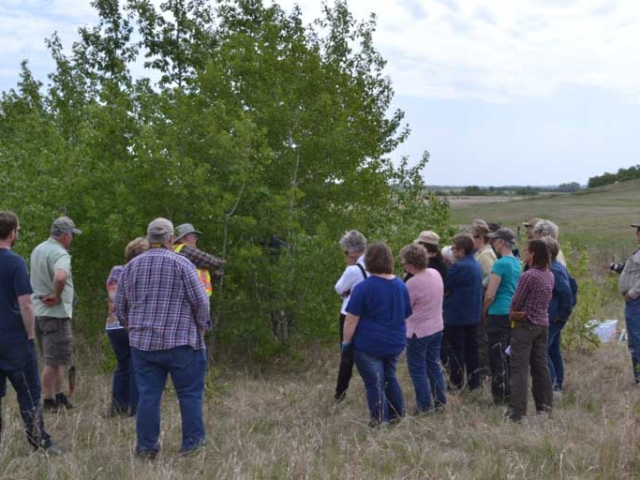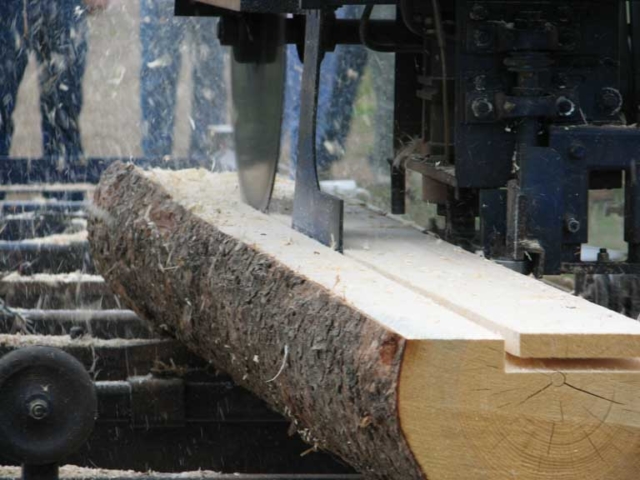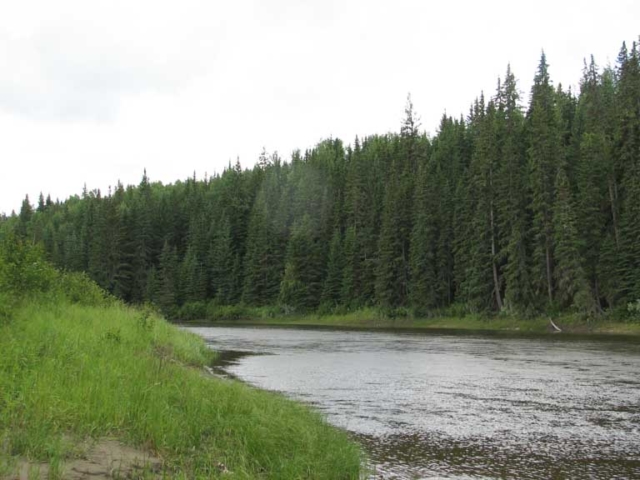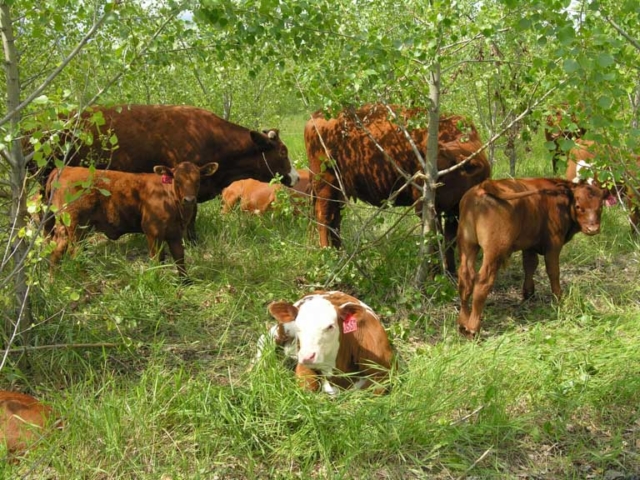Description / Details
Balsam fir (Abies balsamea)
Balsam fir is a slow growing forest “climax” species that lives in the moist understory of forests through much of the boreal forest and foothills regions. Its range overlaps with white spruce, and it is usually eventually outcompeted by white spruce if the two species are growing in the same forest stand. It can survive – albeit with slow growth rates – in extremely shady microsites, but is not well adapted to annual flooding.
In addition to increasing the longevity of a forest stand, balsam fir can improve its structural diversity, offering nesting, feeding, and winter cover habitat for insects, birds, and deer. Its cones are well used by squirrels and birds, and its light green branch tips can be harvested in the springtime and pickled or made into teas. Balsam fir is one of the most popular Christmas tree species. When fully grown, its wood is valued for lumber, plywood, and pulp.
Balsam fir can be used in boreal forest and foothills Eco-Buffers as a long-lived (climax) species. It is occasionally used in conventional shelterbelts, particularly around yard sites where its high density will significantly reduce wind speeds. Ensure that balsam fir shelterbelt rows do not bear the brunt of the force of prevailing winds by planting additional rows of trees or shrubs upwind. Balsam fir also performs well on the upland edges of riparian buffers. It can also be planted into the understory of an existing forest, often with minimal site preparation required.

